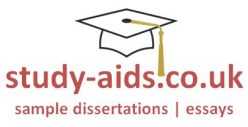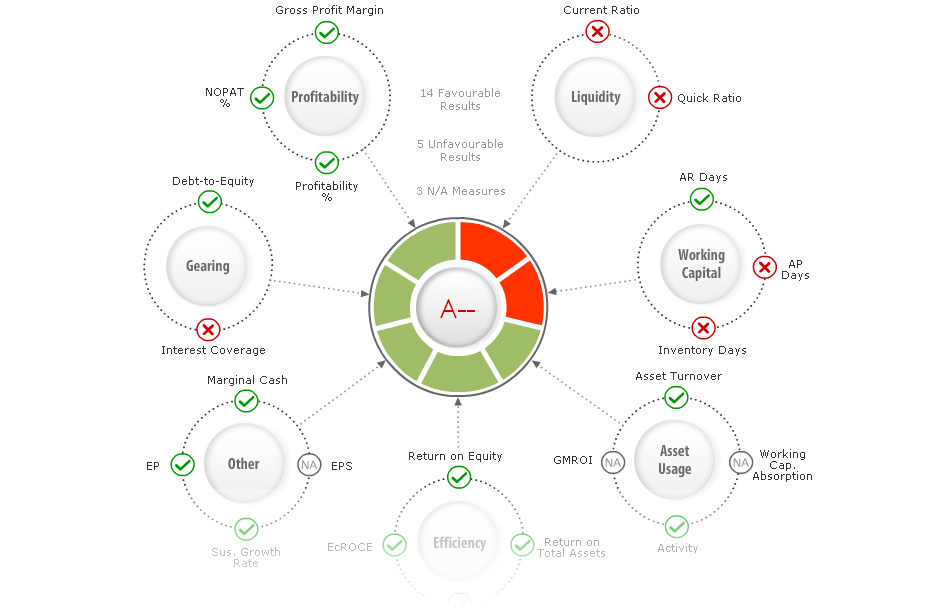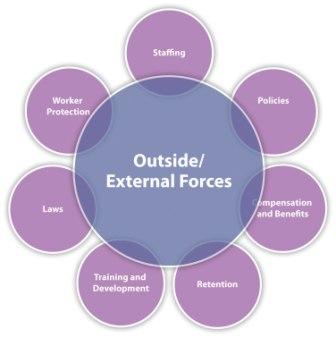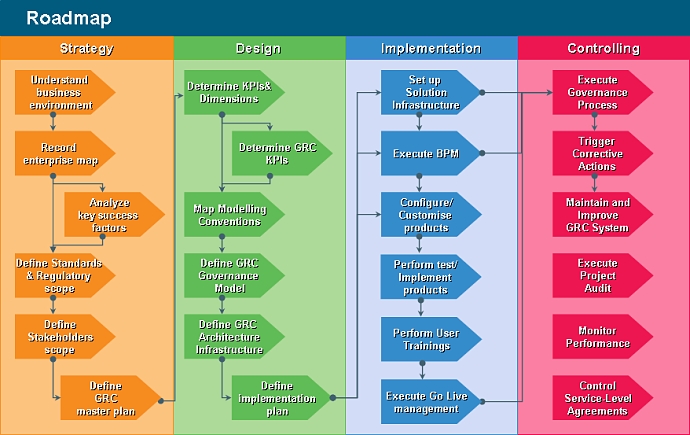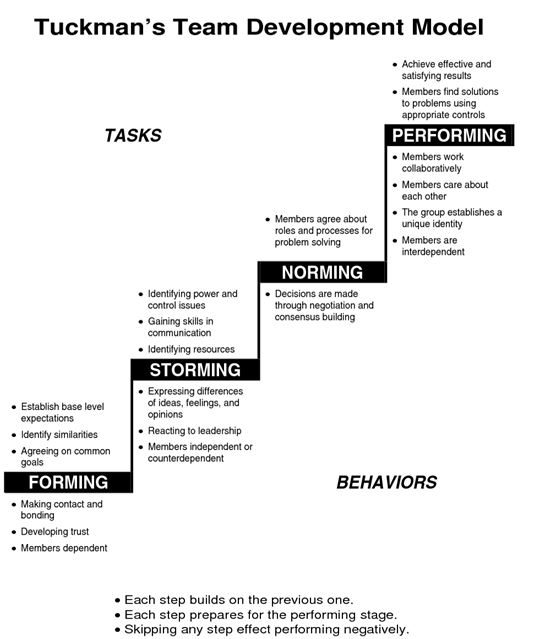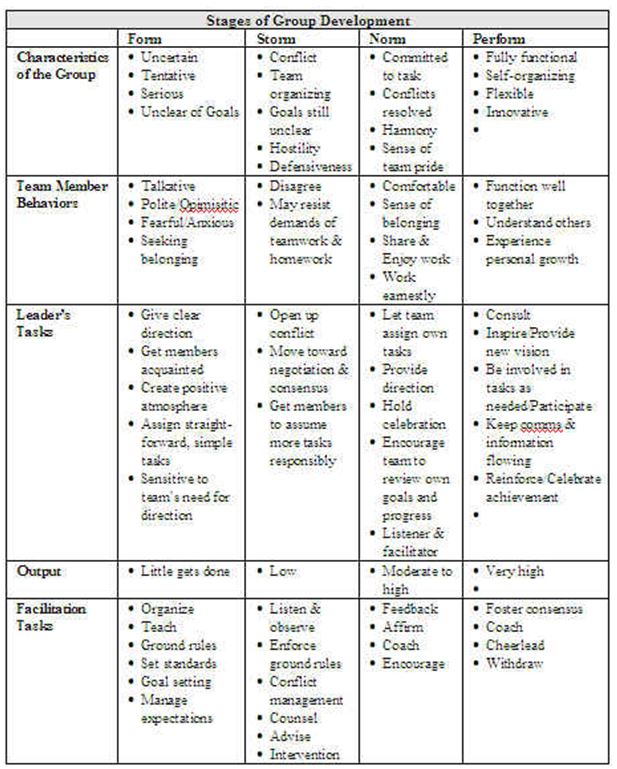Product Realization in ISO 9001 : 2008
International Organization for Standardization (ISO) states that product realization includes: Product and service provision; product control and service provision, validating the process of service provision and production, traceability and identification, property of customer, preservation of product; purchasing process, purchasing, information of purchasing. verification of purchasing product; design and development planning, design and development inputs, design and development review, designs and development outputs, design and development verification, verification of development and design, validation of design and development, control of changes in design and development. Planning of product; processes related to customer, determination of requirements and related to the product; control of devices for monitoring and measuring. (Cobbett et al 2005).
ISO 9001 : 2008 requires department to perform the roles in planning product realizations, Recap of ISO 9001 requirements in planning of product realization are planning and developing the process required for product realization and keeping the consistency of the planning, and documentation should be done in an suitable form, i.e. confirming the names of the plant and determine how best to cultivate or procedure or collect the materials of the plant. Determination if the planning is appropriate i.e. determining the key physio-chemical features of the material and establish the parameters. Here we need product requirement and quality objectives, need for document, process and resources. Validation, verification measurements monitoring, test activities and inspection i.e. establish and determine a good dosage from based on the findings that are confirmed and the legal requirement of the customers for the prospective products, procedure for the product acceptance. Record are required as evidence that the resulting product And the process meet the requirements. The industry pharmaceuticals would establish after determining a suitable dosage form based on confirmed findings and legal customer requirements for the prospective products then registration dossier to be finalized by PTRMD with other departments assistance majorly MCQC.
ISO 9001 Process
As per ISO 9001 : 2008 department role in customer related process there are three QMS processes or requirements under sub close 7.2. It should entail. 1).the requirement connected to the product: customer requirement should be determined, like if it is decided that given medicine should be powder, tablet or capsule others will feature in the a head task, regulatory and statutory requirements needed to the product, not specified for given product though needed for intended or specified use that is known and any requirement that is considered necessary should be given. 2) The industry pharmaceuticals should review the requirement above, the product requirement should be reviewed before supplying the product to the targeted customers for the purpose of ensuring the exact definition of the product requirement, maintaining any subsequent follow up action and the review result, ensuring its ability of meeting the requirements, when the given requirements have not been documented, before any acceptance they must be confirmed, if there is any change in the requirements of the product, ensure amendment of the relevant documents and the personnel who are relevant, are informed of the requirements changes. In situation like, if the report from TL to the CEO gives support for further action on given procedure the CEO will give direction for the TL to proceed with customer-related processes as per sub-clause 7.2. (3) customer communication; the department should be a well implemented and determined for communication with the customers on inquiries, information of the product, handling of the order plus the amendments, feedback of the customer plus the complains made by the customers. (ISO 9001). For instance the team may or may not be reconstituted but the new incoming directions of the given medical research may call for a wide range of expertise from the various units or may be from outside of the team. 4) customer communication is determining and implementing proper ways of communicating with the customers for the purpose of product information, contracts, inquiries or handling of orders including amendments, feedback of the customer plus the complains of the customer.
Role of industry pharmacy department in development and design process as per ISO 9001 : 2008.Recap of ISO 9001 requirements in respect of development and design processes. The roles are: 1) Design and development planning, the team should plan and have control of the design of the product and development for determination of the; stages of development and design consist of verification, appropriate view, and the validation activities for every given stage. The industry pharmacy should produce the highest customer friendly and legal acceptable form of dosage, authority and responsibility for the development and the design, managing the interfaces between the groups that are involved for ensuring effective and clear responsibility assignment, update as appropriate the output planning during the development and the design, the development and design may involve any unit or department depending with the situation. 2) Design and the development input; designing the requirement of the product maintain record and the inputs. The industry pharmacy would strive to provide animal facilities and come up with the most appropriate study model. Applicable legal requirements, and the applicable information derived from the same design, essential requirements for the development and design, review of the input for adequacy, resolving of ambiguous, incomplete or requirements that conflict. The industry pharmacy should strive in providing the highly efficient and economic procedure for the raw materials qualification and the finished product. 3) design and the development output; the output of the design and the development should be documented in a way that they are suitable for verification against the input to the process, and the output should; provide purchasing information service and products, meet the requirements of the design and development, reference or contain the criteria of product acceptance, define the essential characteristics for proper and safe use, the products should be approved before their release, like the industry pharmacy would study design for trials in clinical rest with the CEO office who may utilize expertise from in or outside.
Industry pharmacy role in the development design and processes as per ISO 9001 : 2008. There are 7 QMS processes or requirements under 7.3 (Magaji et al 2012). should be within; development and design review, where the team should perform systematic design review and development at the appropriate stages in accordance with the arrangements that was planned in evaluating the ability of the given results, to requirements as the design review and development are important in discovering the efficient and economic procedures within the industry pharmacy department concerned with the development and design, identifying problems and stating the necessary actions, the result of the reviews should be maintained and do follow up actions subsequently . 2) Development and design verification in accordance with the planned arrangements, the team should conduct verification for ensuring the input requirements are met by the output, and put in maintenance. The result of the verification and continuous follow-ups, for instance the industry pharmacy should give most efficient and economic procedures for qualifying the given raw materials and the end product. 3) Control of design and development changes; identifying changes of the design and development and maintaining the records, verify, validate and review the given changes and make appropriate approval before they are implemented, i.e. when the given products or services fail to pick up as it was planned they have to be re-designed. Evaluating the changes in form of their effects on constituent parts and products already delivered, put in records of the changes result and continuous follow up actions.
Industry pharmacy role in purchasing processes as per ISO 9001 : 2008 which is associated with: 1) purchasing process, the industry pharmacy should ensure that purchased products fulfill their its specified purchase needs in consideration of the type of the products on subsequent process of realization or final product (Magaji et al 2012) i.e. even if there is central purchasing unit supplier department and administration responsible with special and general purchases the criteria for the latter in product realization are furnished by industry pharmacy. Select and evaluate suppliers upon their ability to make supply in accordance with the requirements, establish the procedure of selection (Pharmaceutical, Inc.), re-evaluation and evaluation, and Keep the result of evaluation and subsequent follow up actions. Like the industry pharmacy should provide or source the procedure for the purchase starting materials plus other goods and reagents. 2) Purchasing information requirements to ensure that information of purchase contains the information describing the product to be purchased plus the requirements. Product approval processes, equipment and procedure.
Ensure the quality of being sufficient of the given requirements before making communications to the supplier, and the various department or units should be responsible in verifying purchased items supplied to them. 3) Verification of purchase product is to implement and establish the inspections or other necessary activities for confirming that the products purchased meet the indicated requirement of purchase i.e. Units or departments are responsible for verification of items purchased to them. Should be responsible if the customers or the organization proposes for product verification at the location of supplier they should give the intended verification arrangement and the method of releasing the product in the information for purchase.
Recap of ISO 9001 requirements, there are 5 QMS requirements and processes under sub-clause 7.5 (Megaji et al) the processes are: 1) control of service provision and production. Services provision should be planned and control should be carried out in controlled condition to be applicable. In industry pharmacy every department can provide different data such as taxonomic data and the department can provide highly specialized services as chemical synthesis and forensic analysis, efficacy or toxicity data or data of comparative effect of non-economic or economic species or the antimicrobial potential of a given herb. The information of given product characteristic should be available. Necessary instruction for work should be available i.e. the department responsible should put into writing dossier for registering and regulatory agency of medicine. Suitable equipment should be used. Measuring and monitoring equipment should be available. Monitoring and measuring activities should be implemented. Implementation of delivery, product release and activities of post-delivery. 2) Validation of process for service provision and production, it entail validating service provision or any production in which continuous measurement or monitoring may not verify the given output. This validation consist of processes in which deficiencies may turn out apparent only after service delivery or product use. Through validation, it demonstrates the ability of the process to achieve the planned outcomes. Arrangement of validation should be established including applicable; equipment approval personal qualification, records requirements approval and process review criteria, using defined procedure and methods and re-validation i.e. where herbal medicines and pharmaceuticals needs to pass a battery of test like disintegration test (Capsules and tablets) and before being approved identification.
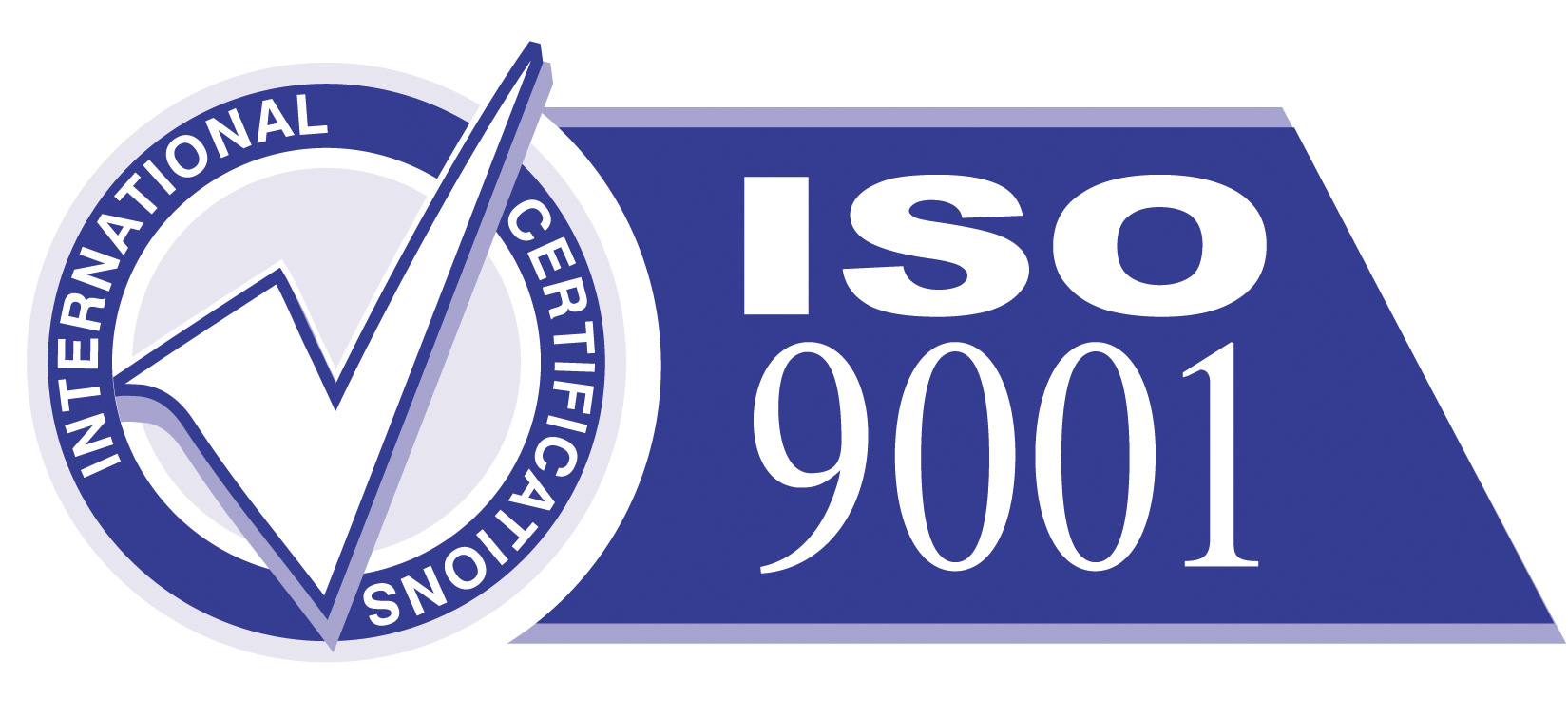
Industry pharmacy roles in production and service provision as per ISO 9001 : 2008. The recap of ISO requirements there are 5 QMS requirement process under sub-clause 7.5 (Megaji et al 2012), in respect of service provision and production process are: 1) identification and traceability; where appropriate identify the product using best means during the product realization, the key role of the department should be to help establish or propose probable route of production to be done on pilot scale since in chemical medicine production, several in-process quality procedures control are needed.
The department should identify the status of the product with respect measurement and monitoring requirements throughout the product realization it requires that the industry pharmacy should be able to make identification of the product by using appropriate means throughout product realization. Traceability requires that, maintain records and have control of product unique identification as this process is important for regulatory processes and product realization. This are essential strategies that will help in tracing a given problem to their various sources hence every department must take great care with property of customer which are under their control.
2) Customer property; the industry pharmacy should exercise care with any property of the customer while it is still being used or under the control of the department, customer property should be verified, identified, safeguarded and be protected. Any damaged, lost, or unsuitable customer property should be recorded and be reported, this an essential approach for addressing regulatory concerns and accountability concerns which are associated with given pharmacologic agents like poisons and narcotics.
Product preservation should be done during the internal processes and delivery to the required destination for the purpose of maintaining the requirements conformity since applicable preservation consist of handling, identification, packaging, storage and protection i.e. product status should be identified with respect to measurements and monitoring requirements, the departments are required to have defined reference active crude extract, market substance which is defined.
Industry pharmacy department’s role in control of the measuring and monitoring equipment as per ISO: 2008 recap of ISO 9001 requirements, some of the equipment’s in need of re-calibration and calibration are: volumetric wires, refractometers, gravimetric instruments, photometers, electronic devices and various electronic equipment’s.
Summary
The recap of ISO 9001 requirements in respect of monitoring and measuring equipment’s processes include. 1) Control of monitoring and measuring equipment’s the department is to determine the measurement and monitoring to be made and the needed equipment for production of product conformity evidence. like the practise of standard’s needs, all units and departments to do calibration to their equipment’s as it is described by procedures for operating and in performing this other control measure needed assessing and recording prior result validity if the method or equipment are observed to conform to the requirements, verification and calibration result records should be maintained, re-confirm or confirm the ability of any software or the used programmes for measurements or monitoring before its initial usage.
2) Control and use measuring and monitoring devices for ensuring that capability of the measurements is consistent with measurements and monitoring requirements, and ensure for the validity of the result in situations where it is necessary; the equipment’s should be calibrated to international or national standards, verify or calibrate the equipment’s for measuring prior to use or at specified intervals, the equipment’s should be safeguarded from improper adjustments, they should be re-adjusted or adjusted as necessary, they should be protected from deterioration and damages.
3) The validity of prior results should be assessed and recorded to find if the device conforms to requirements, in ensuring the result validity the department would; verify or calibrate the measuring equipment’s at prior to use or at specific intervals, equipment’s to be safeguarded from improper adjustments and damages, do the necessary adjustments and re-adjustments, record the equipment’s appropriate basis and do the identification of the equipment’s for measurements for determining their calibration status. 4) Conforming the software used ability for measuring and monitoring for the application that is intended before its initial use.
In conclusion accompany that certifies the level of ISO 9001 : 2008 has got numerous advantages compared to the others, since the companies outsourcing sponsors and customers will also benefit from this .It will help the company to assure their customers that they will meet their needs for product development, product design, servicing, installation and product developments beside meeting the needs of cGMP requirements. (Pharmaceutical, Inc.) And compliance to ISO standards is normally voluntarily though many pharmaceutical companies view it to be hard because of the added level of quality system oversight that that FDA current good manufacturing practises.
References
Quality and Compliance – Pharmaceuticals, Inc.
ISO Survey 2009 (cited 2014 November 11)
Corbett CJ, Montes-Sancho M J, Kirsch DA (2005). The Financial Impact of ISO 9000 certification in The United States. An Empirical Analysis. Management Science 2005.
Grba Magaji, et al (2012). Production realization and Service Provision in Herbal Drug Research and Development According to ISO 9001. Journal of Pharmaceutical and Scientific Innovation.
